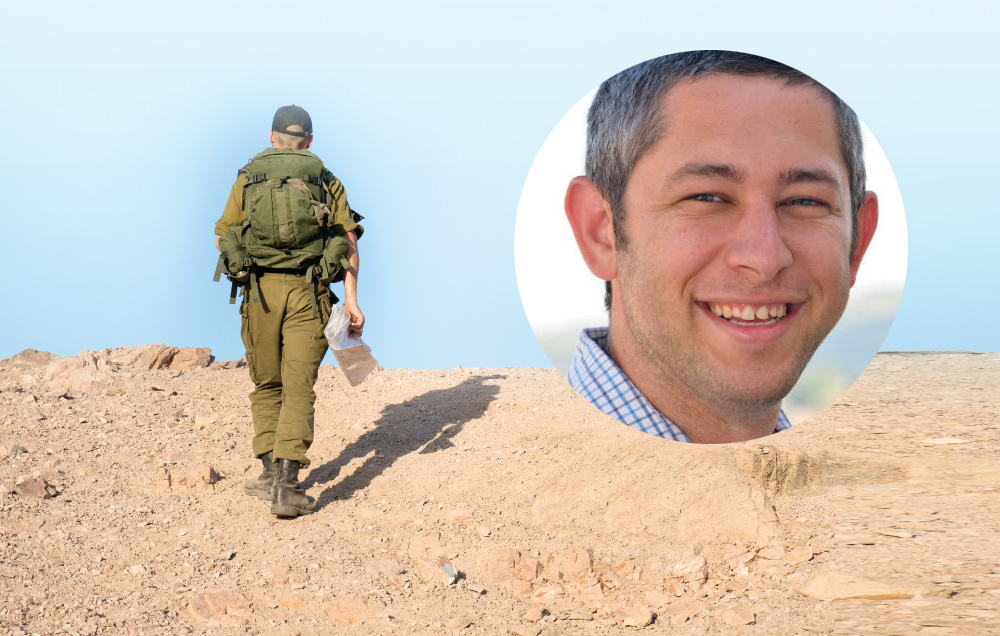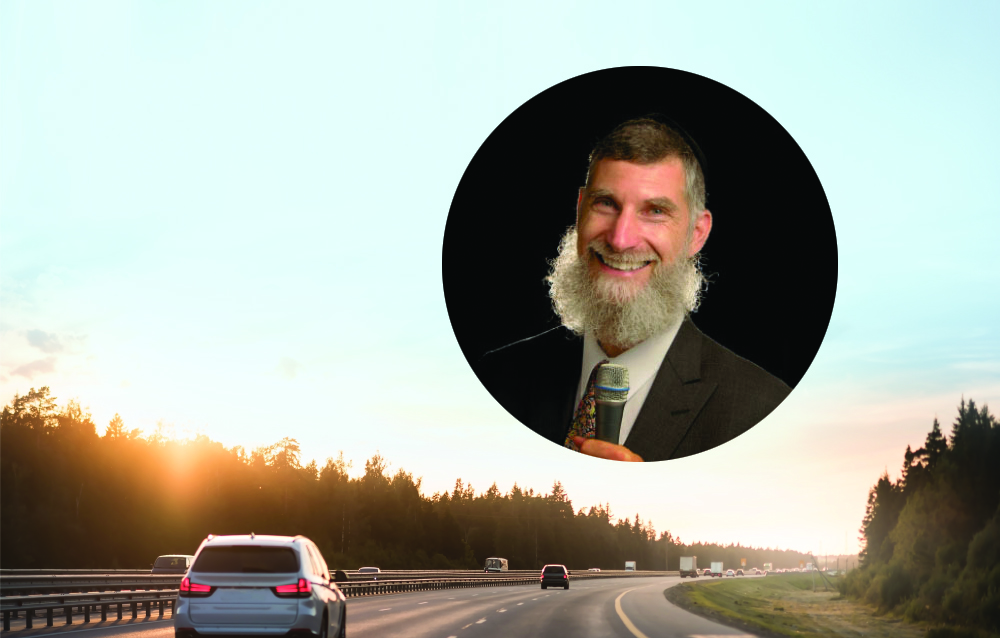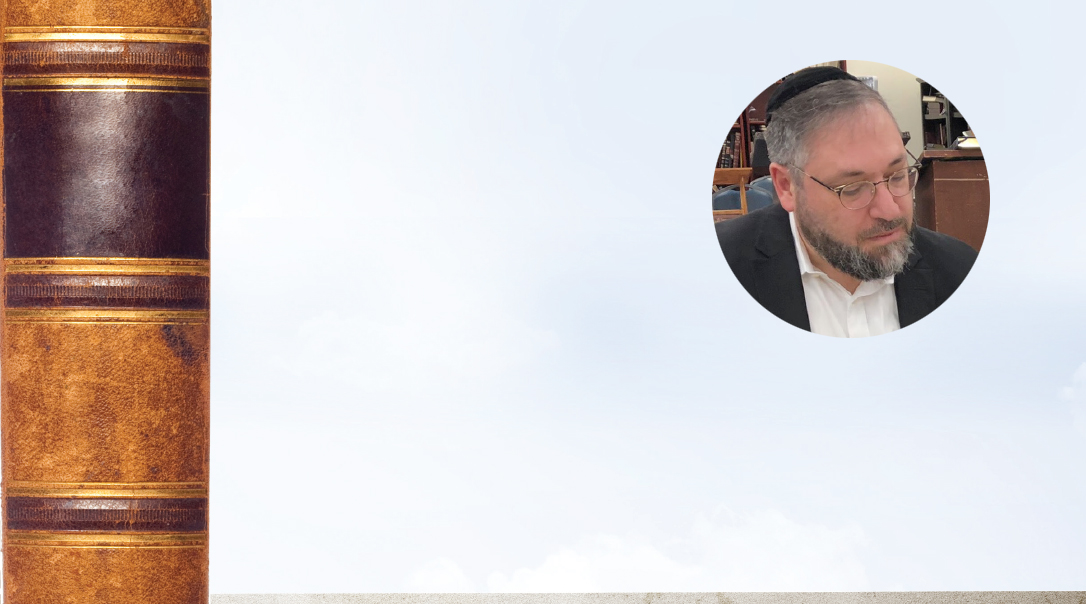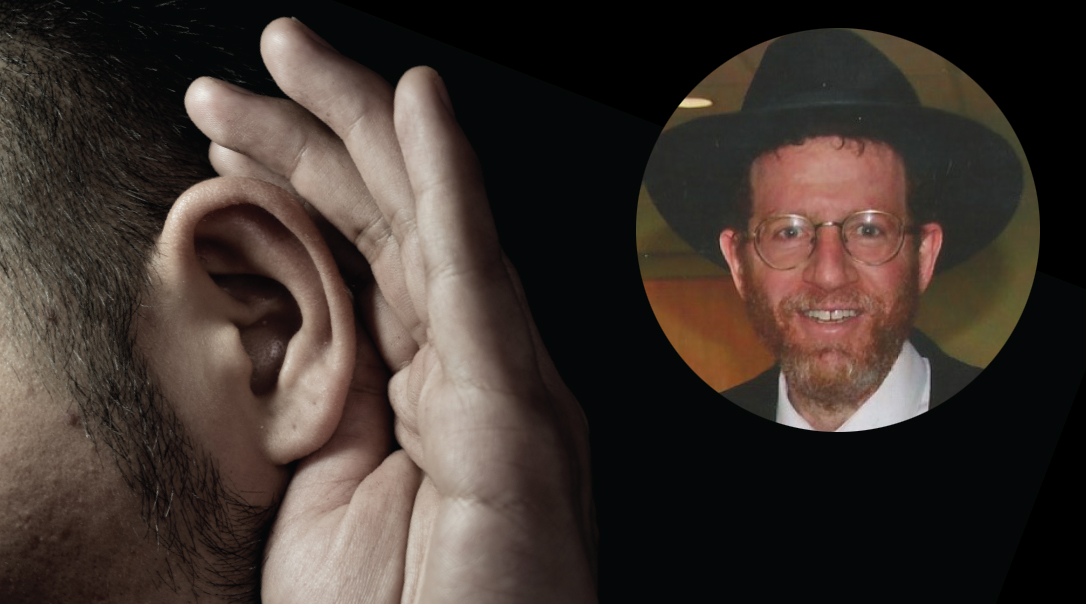Born of Grief

The Torah tells us that after the death of Aharon’s two sons, “Vayidom Aharon — and Aharon was silent.” “But what about his wife?” asks Baruch. How did she cope? What does the Torah tell us about her life after this tragedy?
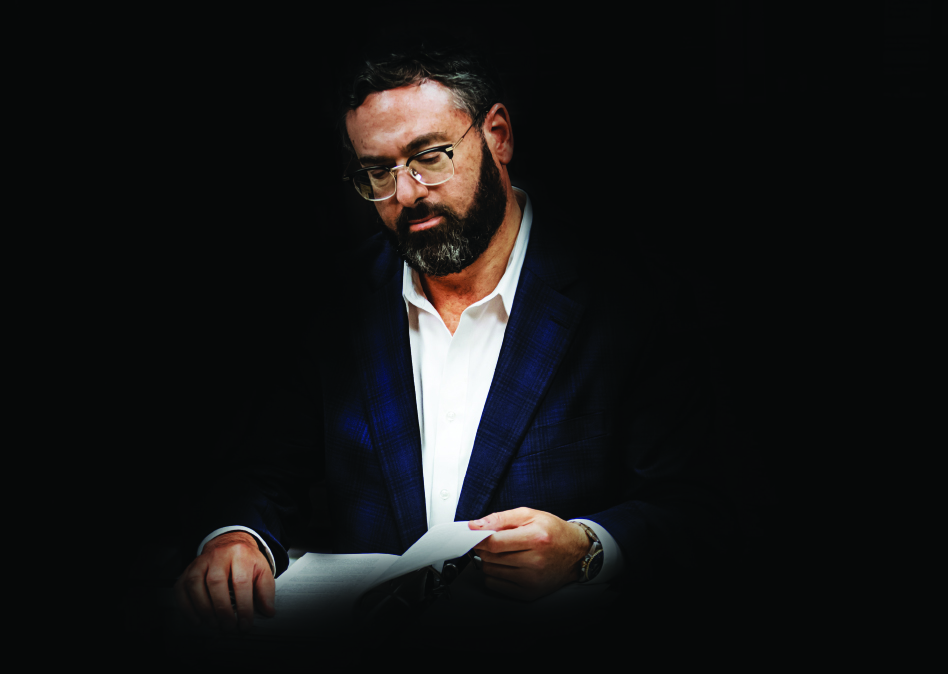
I
t wasn’t so long ago that Baruch Cohen and his family, content New York transplants to Los Angeles, were living a life of innocence. Baruch ran a successful high-powered litigation law practice and the four Cohen children attended the local yeshivos and Bais Yaakov. A product of over six years of beis medrash and kollel, Baruch was kovei’a itim and his learning schedule included Mishnah Berurah yomi and the daf. Life was good.
He was going strong and two-and-a-half years into daf yomi when, within days of 9/11, the family’s upwardly mobile life experienced its own ground zero. The Cohens’ daughter, 15-year-old Hindy, was diagnosed with a pediatric cancer called Ewing’s sarcoma and the Cohens’ world changed irrevocably.
“I had to juggle an active law practice, we had to take care of our other children, deal with the emotional trauma of pediatric oncology, arrange medical care, babysitters, Chai Lifeline, Bikur Cholim — the works — while avoiding the gravitational pull of the black hole of anxiety, fear, and depression,” Baruch remembers. Though he was a very active learner before the crisis, his learning fell by the wayside as Hindy’s battle took center stage.
Hindy faced her illness with grace and courage, but succumbed after two-and-half-years, leaving the family bereft and grieving. Her passing demanded a new set of existential challenges for Baruch and would send him on a unique journey in his learning.
“During the shivah,” he remembers, “people would express meaningless clichés and drop platitudes that were almost repulsive to me. Phrases like ‘ein milim,’ there are no words. What did that mean? There is a word for everything in the Torah. Torah is timeless, it has messages for everybody. How could it be that there were no words in the Torah for a bereaved parent?”
Certain that there must be words in the vastness of Torah that would speak to his situation, Baruch set out to find them.
Back when Hindy had been healthy, Baruch had kept to a daily regimen of Gemara learning. During her illness, he dropped out of learning entirely. Now, after her tragic death, as he grappled with the new contours of his world of bereavement, his passion for learning was reignited — with a new focus on the weekly sedra.
When learning the parshah, Baruch found that he was listening through the ears of a bereaved parent. “A baal nisayon breathes different oxygen than everyone else. He processes things through a different lens. I was perceiving things differently and started learning Torah differently.”
Reading about Yaakov and Yosef’s reunion in Mitzrayim the mefarshim say that Yosef cried, but Yaakov did not cry. Rashi says he was reciting Krias Shema. “What I understood from that was, of course he couldn’t cry! He was hyperventilating. He was face to face with the son whose death he had mourned.”
Looking through what Baruch describes as “tainted lenses” led him on a quest to find an understanding of the Torah that would provide him with consolation, connection, and, ultimately, enlightenment. He started learning again — but differently, on his terms. “I reinvented myself,” he says.
He began to note every tragedy and researched the mefarshim to understand how Torah personalities coped with their challenges. Kayin killed Hevel, now Adam and Chavah were bereaved parents. What does the Torah tell us about how they reacted? Unlike material about grief and mourning available on the broader market, Baruch’s learning was on a level that resonated with the well-seasoned ben Torah and kollel avreich — using every commentary in the Mikraos Gedolos, the Midrash Rabbah, the Yalkut Shimoni, and other high-level sources, where he sought to discover how our forefathers coped with tragedy.
His studies expanded and he started researching gedolei Yisrael, reading their letters and seforim to discover how they coped with challenges. The result: a 500-page compilation of his writings, correspondences, and helpful articles he’s accumulated over the years, which he shares as chizuk for those in need, titled Reb Yochanon’s Bone: Chizuk for the Bereaved Parent (referred to by several gedolim as “the encyclopedia of nechamah”).
Baruch’s learning morphed into community-wide mussar vaadim (i.e., Shaar Habitachon of Chovos HaLevavos; Shaar Hasimchah and Shaar Ha’anavah of Orchos Tzaddikim; Shaar Hanekius of Mesillas Yesharim; and Bilvavi Mishkan Evneh) and a yearly public speech given on Hindy’s yahrtzeit in which he shares insights into grieving and healing. In these speeches, Baruch takes a topic that fascinates him and dives in. That means delving into myriad mefarshim, camping out in the kollel late at night, following leads, calling rabbanim, and attacking the issue like a legal researcher would.
The topics he chooses are not outside the mainstream, but they are beyond the typical perspective; he describes them as “the stuff wedged in between the cracks of the sidewalk, the space between the words, or the pause in between the musical notes.” For example, the Torah tells us that after the death of Aharon’s two sons, “Vayidom Aharon — and Aharon was silent.”
“But what about his wife?” asks Baruch. How did she cope? What does the Torah tell us about her life after this tragedy?
In another example, Baruch cites that a navi needs to be b’simchah when he receives and conveys a prophecy. So how, then, did Yirmiyahu write Eichah? He could not have been in a joyous state of mind when reliving the Churban! Most of us would never have thought of this question, but Baruch discovered that many others already have — including the Chazon Ish, Rav Yehonasan Eybeschutz, Yam Hamelach, and the Ben Ish Chai.
Questions like these coupled with Baruch’s exhaustive research have culminated in magnificent articles and presentations that Baruch shares, both by speaking publicly and in his writing. He is the author of Grieving and Healing in the Prism of Torah: Parents’ Spiritual Guide through Pain and Grief, a book devoted to bringing hope to the bereaved and help them reclaim happiness from tragedy.
Today Baruch is a steady address for speaking requests and it’s rare that a nichum aveilim visit is not met with a request for tender words of chizuk and consolation. But Baruch Cohen is not a man who lives in sadness. Whereas tragedy brings pain and profound sadness, he resists thoughts that may lead to depression and attains nechamah from the fact that, though his daughter has died, her neshamah is everlasting.
“I feel a close connection to Hindy’s neshamah. I have a fidelity and awareness to her neshamah that I always try to honor. It’s a mindset and it brings me tremendous consolation. I don’t carry myself as defeated or destroyed, it’s not in my DNA.”
He reasoned that Hashem wanted him to have this experience for a specific purpose. “So where does this pain lead me?” he asked himself. “What middos are surfacing? How can I inspire others?”
Baruch Cohen’s focus is on grieving rather than healing, because it’s a critical stage that is typically overlooked but can’t be bypassed. This realization has brought his learning to a rare and unusual level that has provided insight not only to those who share his unique “lenses,” but to many others seeking growth in Torah and hashkafah.
“My learning now is my own charted path,” he says. “I’m learning on a high level b’iyun, sourcing 20 to 30 mefarshim on a topic. But I’ve redefined myself and my approach to learning. I’m not learning the regular topics; I’m finding and sharing gems of insights normally not recognized.
“Yes, my focus is on grief,” he admits, “but that’s not because I’m mired in sadness. It’s because that grief became my channel to a learning regimen that motivates and inspires me. We all have difficulties in our lives, and our job is to remember that the ‘obstacle is the way.’ Those seeming obstacles often point us in the direction we need to grow closer to Hashem.”
(Originally featured in 'One Day Closer', Special Supplement, Chanuka/Siyum HaShas 5780)
Oops! We could not locate your form.






